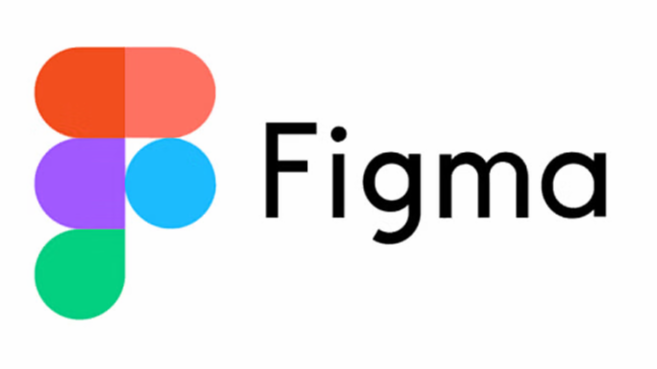Adobe on Monday announced that it had abandoned its proposed $20 billion takeover of web design tool maker Figma.
The deal, initially announced in September 2022, would’ve seen Adobe acquire one of the major challengers to its design tool dominance.
The takeover however hit roadblocks this year as regulators from the European Union and UK both said it would harm competition. The UK’s Competition and Markets Authority (CMA) last month formally advised against the deal, stating that it could harm competition in the UK’s digital design sector.
A little less than three weeks later, Adobe issued a statement notifying that the company and Figma had mutually agreed to terminate the merger.
Adobe will pay a termination fee of $1 billion.
In a statement, Adobe said that there is “no clear path” to receiving the necessary regulatory approvals.
Shantanu Narayen, chair and chief executive officer at Adobe, said: “Adobe and Figma strongly disagree with the recent regulatory findings, but we believe it is in our respective best interests to move forward independently.”
These sentiments were echoed by Figma boss Dylan Field, who said that going through the process “has only reinforced my belief in the merits of this deal, but it’s become increasingly clear over the past few months that regulators don’t see things the same way.”
He said: “While we’re disappointed in the outcome, I am deeply grateful to everyone who has contributed to this effort and excited to find other ways to innovate on behalf of our respective communities with Adobe.”
A report from Reuters noted that the two companies had been in constant communications with antitrust agencies in the UK, EU and United States, but that the CMA would have required Adobe to divest Figma design, which makes up a core part of the takeover.
Latest News
-
The top technology trends to expect in 2026
-
The most read National Technology News stories of 2025
-
Lyft and Uber sign deals with Baidu for robotaxi trial in London
-
Nextdoor launches AI-driven self-serve ads platform for small businesses
-
Italy's antitrust fines Apple €98.6m over alleged App Store dominance
-
Visa partners with UAE real estate firm to launch voice-enabled agentic commerce payments
The future-ready CFO: Driving strategic growth and innovation
This National Technology News webinar sponsored by Sage will explore how CFOs can leverage their unique blend of financial acumen, technological savvy, and strategic mindset to foster cross-functional collaboration and shape overall company direction. Attendees will gain insights into breaking down operational silos, aligning goals across departments like IT, operations, HR, and marketing, and utilising technology to enable real-time data sharing and visibility.
The corporate roadmap to payment excellence: Keeping pace with emerging trends to maximise growth opportunities
In today's rapidly evolving finance and accounting landscape, one of the biggest challenges organisations face is attracting and retaining top talent. As automation and AI revolutionise the profession, finance teams require new skillsets centred on analysis, collaboration, and strategic thinking to drive sustainable competitive advantage.
© 2019 Perspective Publishing Privacy & Cookies




.jpg)



Recent Stories